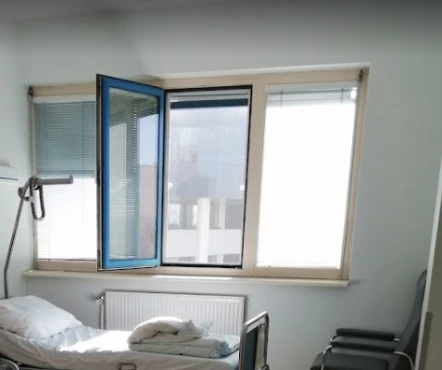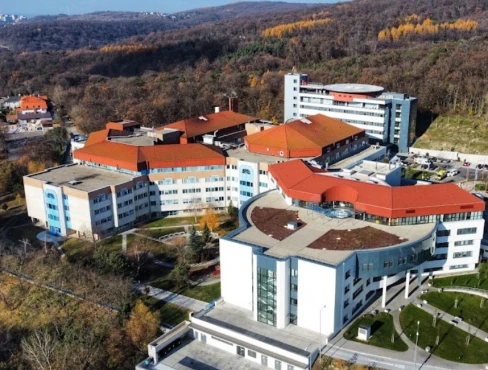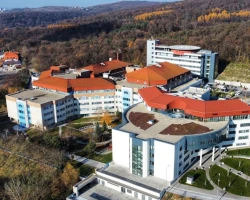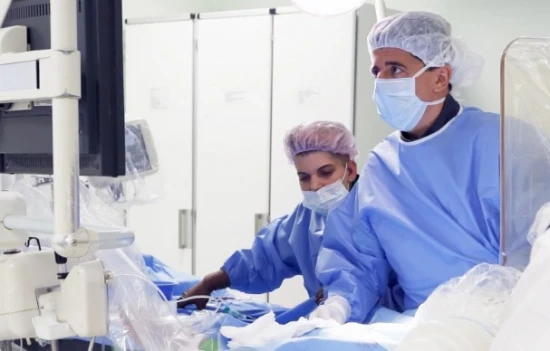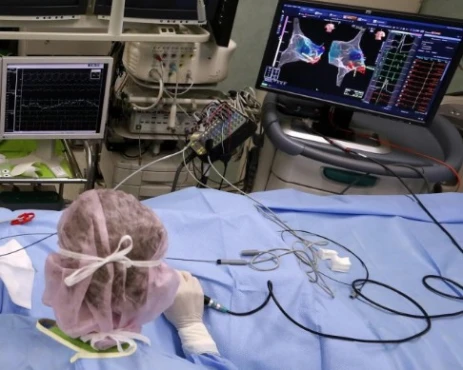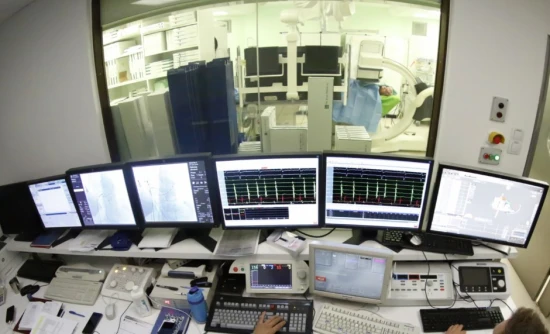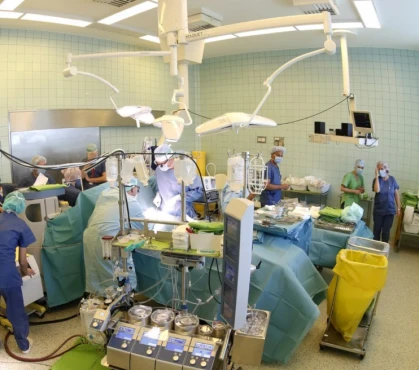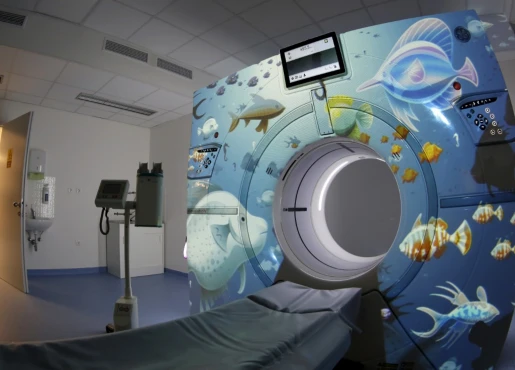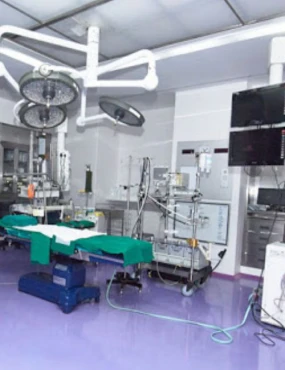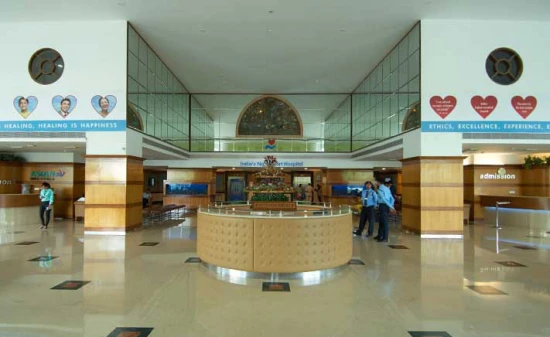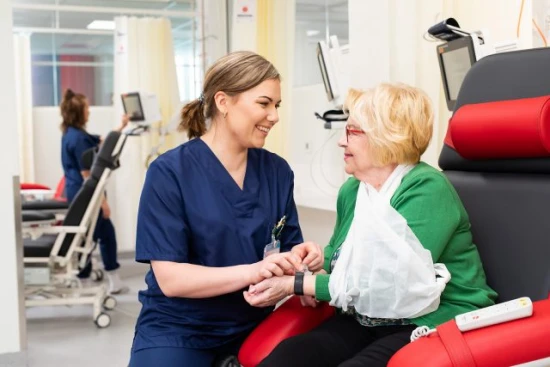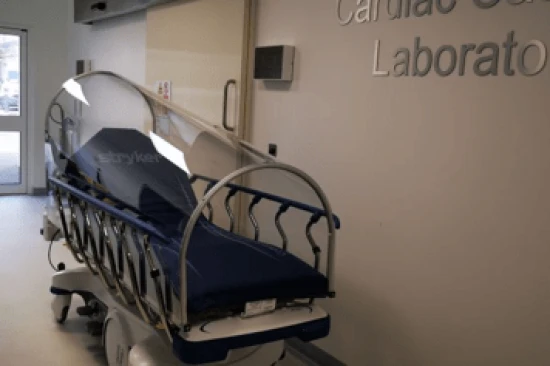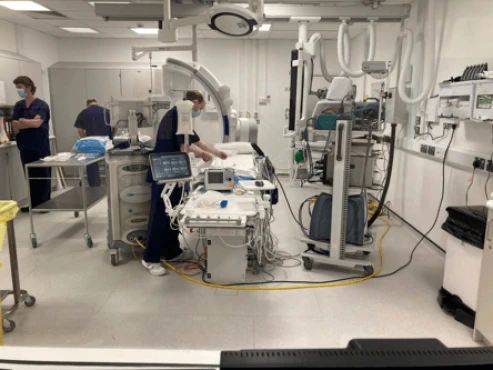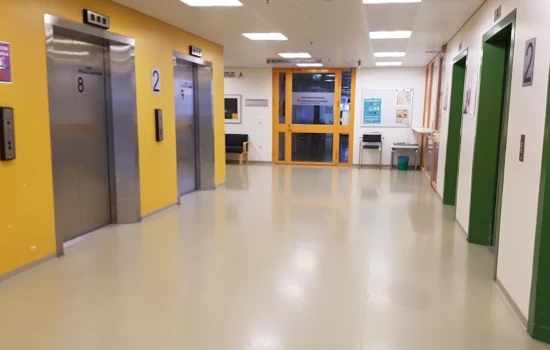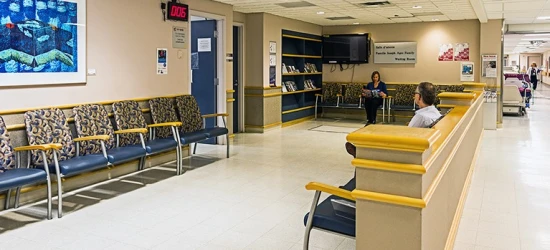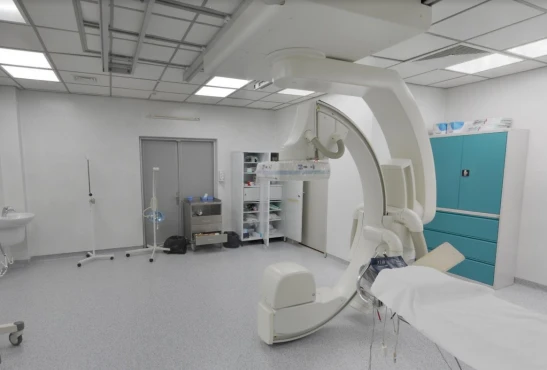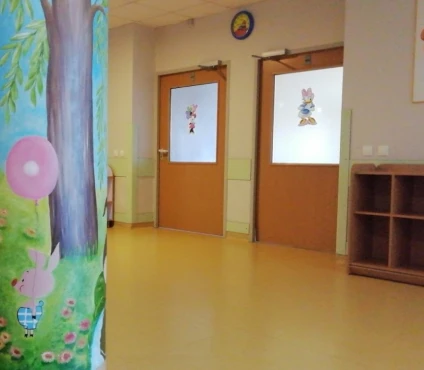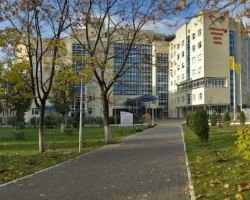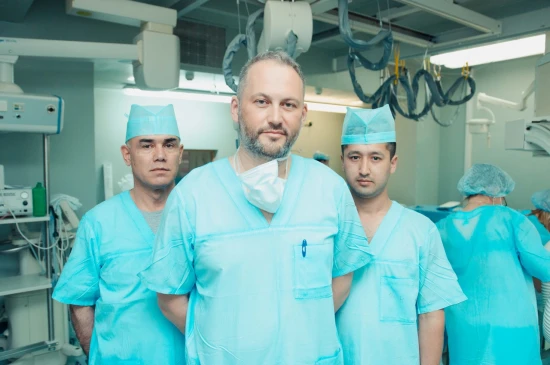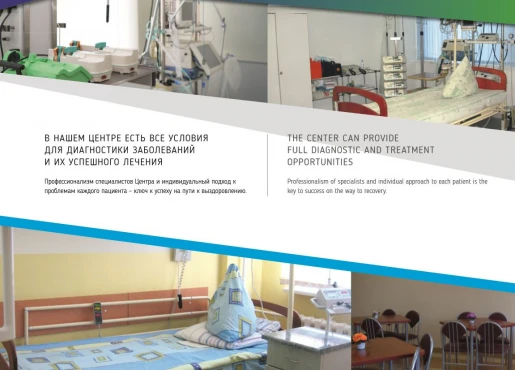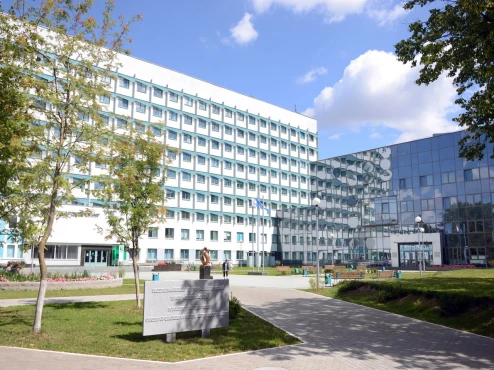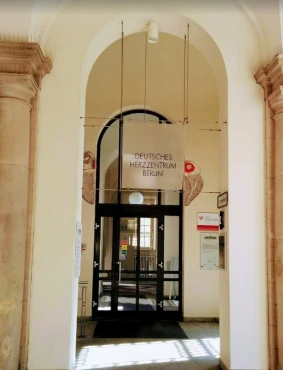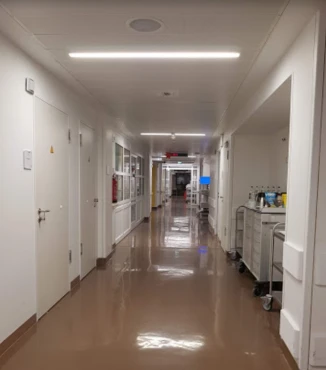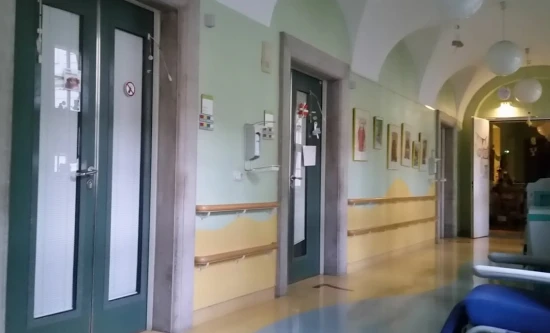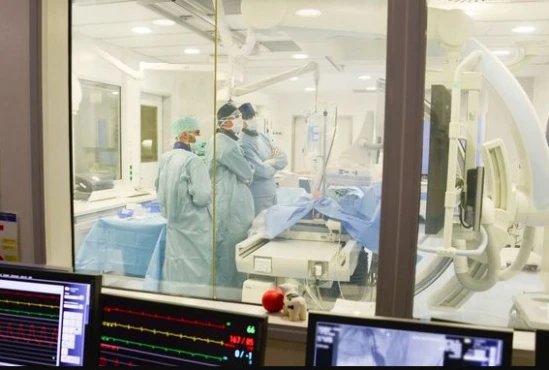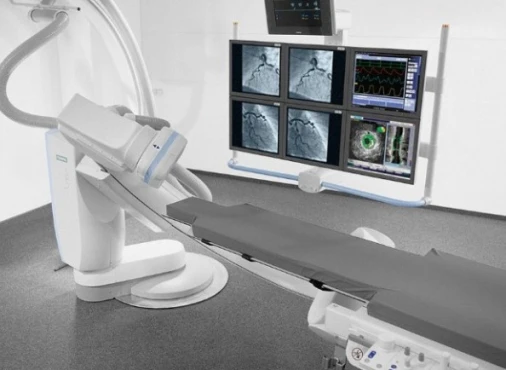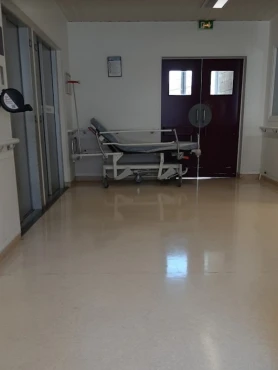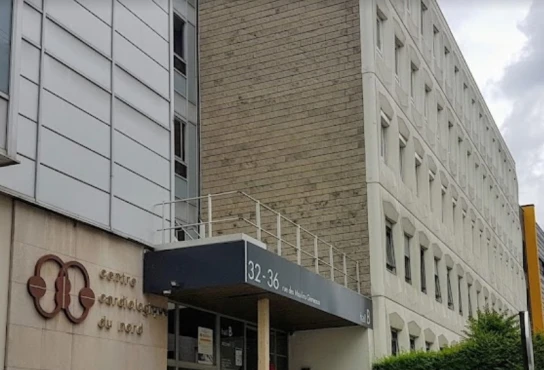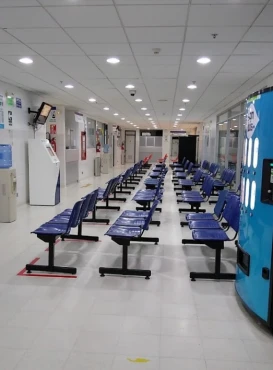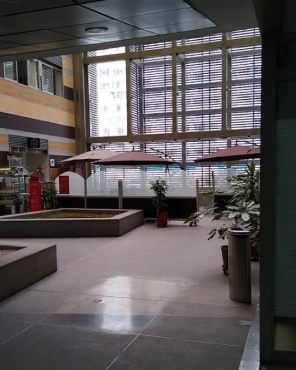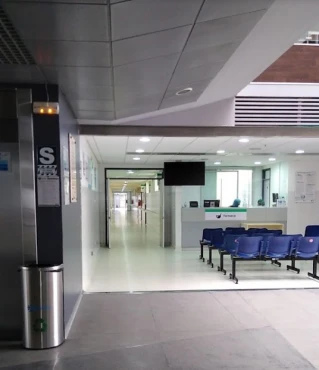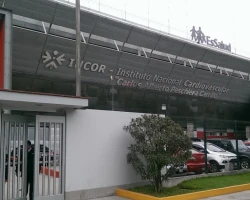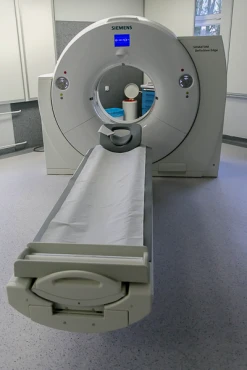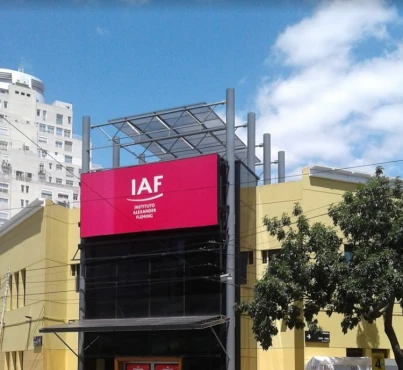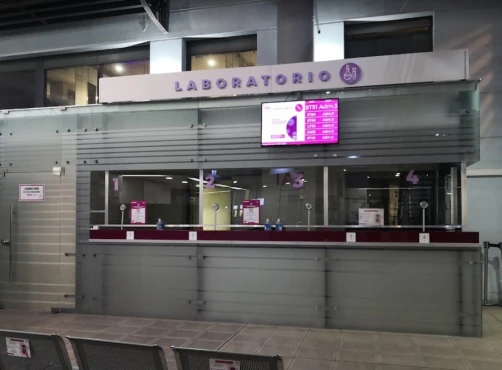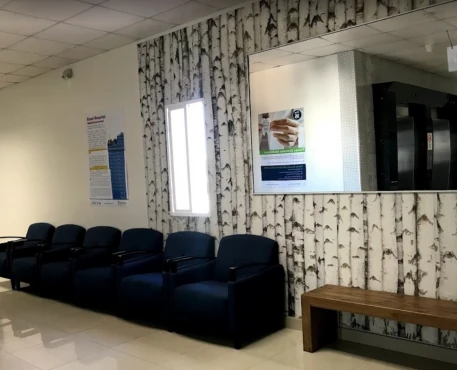What is a single ventricular defect?
A single ventricular defect (SV) is congenital heart disease. It occurs when the patient has one ventricle instead of two, or the second pumping chamber is not large enough or not strong enough for correct operation. In some cases, the chamber may be missing a valve.
Some aspects of the development and anatomy of the heart.
Fetal heartbeat is one of the main signs of pregnancy. Intrauterine, the heart develops from a tube that expands and begins to contract three weeks after conception. Further, the atria and ventricles are formed. The right ventricle pumps carbon dioxide-rich blood into the lungs, while the left one pumps oxygenated blood (saturated with oxygen) throughout the body.
An important role in the work of the heart is played by its valve apparatus.
The prevalence of pathology
Defects of a single ventricle are rare and affect an estimated 5 to 10 out of 100,000 newborns.
Defect classification
There are three main types of defects in a single developed ventricle: the left, in which there is a trace of the right ventricle, the right dominant ventricle, in which there is a trace of the left, and an indefinite single ventricle. The complex structure of the heart and the peculiarities of hemodynamics make each anomaly from this group of diseases unique, which requires an individual approach to treatment for each patient.
Also, the pathology has 4 types, depending on the location of the aorta and the pulmonary trunk: normal location, location of the aorta to the right or left of the pulmonary trunk and the reverse of the normal position of the blood vessels.
Diagnosis of the disease
To identify this group of pathologies, the doctor collects a detailed history, prescribes laboratory tests of blood and urine. Also, instrumental diagnostic methods such as ECG, ultrasound, computed and magnetic resonance imaging and others are used.
Disease therapy
This pathology is one of the most difficult heart problems. The disease usually requires more than one surgical procedure. Babies born with this pathology undergo a series of operations, the ultimate goal of which is to maximize the restoration of heart function.
Conservative therapy is also carried out aimed at reducing the load on the heart, treating heart failure, pulmonary hypertension and rhythm disturbances.
Types of a single ventricle
Some of the most common single ventricular defects include:
- Atresia of the tricuspid valve.
- Syndrome of hypoplasia of the left heart.
- Double-inflow left ventricle.
- Double discharge of vessels from the right ventricle.
- Atresia of the pulmonary artery with an intact interventricular septum.
- Ebstein's anomaly.
- Defect of the atrioventricular channel (AV channel).
Tricuspid atresia
This defect is characterized by the complete absence of a tricuspid valve, a connection between the atria, and also often includes underdevelopment of the right ventricle and pulmonary artery. It accounts for approximately 1% of all cases of congenital heart anomalies. Equally common in both females and males, the incidence is 0.1 cases per 1000 people.
Risk factors for pathology include Down syndrome, poorly controlled maternal diabetes mellitus, excessive alcohol consumption during pregnancy, and genetic predisposition.
The clinical picture is usually dominated by severe cyanosis (oxygen starvation of tissues, cyanosis) due to mixing of systemic and pulmonary venous blood in the left side of the heart. On the ECG with this pathology, a displacement of the heart axis to the left and hypertrophy (increase) of the left ventricle can be detected.
In the absence of timely treatment, tricuspid atresia is associated with high mortality. Therefore, it is important to recognize the manifestations of pathology in time. In half of patients, signs of anomaly can be found on the first day of life.
Left heart hypoplasia syndrome
This anomaly includes various types of hypoplasia (underdevelopment) of components of the left side of the heart (for example, mitral atresia), due to which it does not fulfill its natural task of providing blood flow inside the human body. Without medical intervention, this defect is fatal. Today, through a series of complex operations, an acceptable standard of living is achieved for most patients.
Dual-entry left ventricle (double-entry)
In this anomaly, both atria are associated with the left ventricle. The clinical picture of the pathology varies depending on the associated lesions and the location of the main arteries. After treatment, most patients with left ventricular dual entry can maintain a normal quality of life.. The abnormality can be complicated by conditions such as arrhythmia, ventricular failure, or AV valve insufficiency.
Double vascular discharge from the right ventricle
Doubling of the exit from the right ventricle belongs to the group of congenital heart defects, characterized by an abnormal type of connection of this chamber of the heart with the vessels. In this disease, the aorta and pulmonary trunk are wholly or predominantly derived from the right ventricle.
Pulmonary atresia with an intact interventricular septum
This pathology, like other forms of single ventricular defect, is a rare complex congenital heart disease that accounts for less than 1% of all heart defects. Prenatal (antenatal) diagnosis allows you to develop a safe plan for the management of labor and postpartum treatment of this condition.
As the name suggests, this defect consists of atresia of the pulmonary valve, leading to a lack of communication between the outflow tract of the right ventricle and the pulmonary arteries, as well as an intact interventricular septum, which prevents blood flow between the right and left ventricles.
Ebstein's anomaly (syndrome)
With this pathology, the tricuspid valve is in the wrong position (lowered into the right ventricle), and its cusps are deformed. As a result, the valve apparatus does not work properly, there is a violation of the atrioventricular connection: there is a reverse blood flow, which leads to a decrease in the efficiency of the heart, as well as to its increase and heart failure.
Mild forms of Ebstein's anomaly can only cause symptoms later in life. The disease may have the following symptoms:
- Shortness of breath, especially on exertion.
- Fatigue.
- Rapid heartbeat or irregular heartbeat (arrhythmia).
- Bluish color of lips and skin due to lack of oxygen (cyanosis).
Surgical treatment approaches include tricuspid valve replacement or restoration of the patient's valve.
Atrioventricular septal defect
This pathology, also called the AV channel, is a congenital heart disease. Its feature is a defect of the interatrial and ventricular septum of varying degrees, as well as a common or partially separate atrioventricular opening.
The incidence of this anomaly is estimated from 0.24 to 0.31 per 1000 live births with no significant difference for males and females. The disease is often associated with Down syndrome. The long-term results of surgical treatment of the AV channel defect are influenced by the presence of concomitant malformations such as ventricular hypoplasia and the aforementioned Down syndrome. Over the past several decades, there has been an evolution in the surgical treatment of atrioventricular defects, which allows us to achieve good results today.
Wrong position of the heart
With a defect in a single ventricle, pathology is observed not only in the structure of the heart but also in its location in the chest. Positional anomalies refer to conditions in which the apex of a given organ is located on the right side of the chest (dextrocardia) or in the midline (mesocardia). Also, with a normal location of the heart in the left side of the chest, changes in the position of internal organs can be observed (isolated levocardia).
Prevention of endocarditis
Inflammatory damage to the inner layer of the heart (endocarditis) is one of the most serious complications of heart defects. Its prevention includes both antimicrobial and hygienic measures. Patients require careful care of their teeth, mucous membranes and skin. Antibiotic therapy is also often prescribed, for example, before and after dental procedures.
Other complications and prognosis of the disease
Thanks to the tremendous advances in cardiovascular surgery over the past 70 years, a large number of people who have undergone palliative or corrective surgery in infancy and childhood have reached adulthood. However, these patients are often troubled by symptoms caused by various anatomical, hemodynamic, electrophysiological problems that persist after cardiac surgery.
Even if the clinical results are considered good, long-term follow-up is recommended. Cardiac atrial surgery years later can be complicated by sinus or atrioventricular node dysfunction and /or atrial arrhythmias (often atrial flutter).
Ventricular surgery can also lead to electrophysiological problems, including pathology requiring a pacemaker to avoid sudden cardiac arrest.
Also, after the operation, after a long time, acquired heart defects, for example, aortic valve insufficiency can join.
Thus, a defect in a single ventricle is a complex pathology that has many different forms. This pathology requires long-term treatment, which today can significantly increase the duration and quality of life of patients.
References:
- Harrison`s Principles of Internal Medicine 19/E (Vol.1). Dennis Kasper, Anthony Fauci, Stephen Hauseret all. McGraw-HillEducation 2015 ISBN: 0071802134 ISBN-13(EAN): 9780071802130.
- Interna szczeklika - duży podręcznik. Medycyna praktyczna. 2021. ISBN 9788374306522.
- Pediatria do LEK i PES. Anna Dobrzańska, Józef Ryżko. 2018. ISBN: 978-83-7609-855-5.
- Vyas H, Hagler DJ. Double inlet left ventricle. Curr Treat Options Cardiovasc Med. 2007 Oct;9(5):391-8. doi: 10.1007/s11936-007-0059-5. PMID: 17897568.
- Metcalf, M. K., & Rychik, J. (2020). Outcomes in Hypoplastic Left Heart Syndrome. Pediatric Clinics of North America, 67(5), 945–962. doi:10.1016/j.pcl.2020.06.008
- Sumal, A. S., Kyriacou, H., & Mostafa, A. M. H. A. M. (2020). Tricuspid atresia: Where are we now? Journal of Cardiac Surgery. doi:10.1111/jocs.14673
- Ahmed I, Anjum F. Atrioventricular Septal Defect. 2021 Aug 30. In: StatPearls [Internet]. Treasure Island (FL): StatPearls Publishing; 2021 Jan–. PMID: 32965865.
- Chikkabyrappa SM, Loomba RS, Tretter JT. Pulmonary Atresia With an Intact Ventricular Septum: Preoperative Physiology, Imaging, and Management. Semin Cardiothorac Vasc Anesth. 2018 Sep;22(3):245-255. doi: 10.1177/1089253218756757. Epub 2018 Feb 7. PMID: 29411679.
- Clinical guidelines. A single ventricle of the heart. 2016. Association of Cardiovascular Surgeons of Russia.

